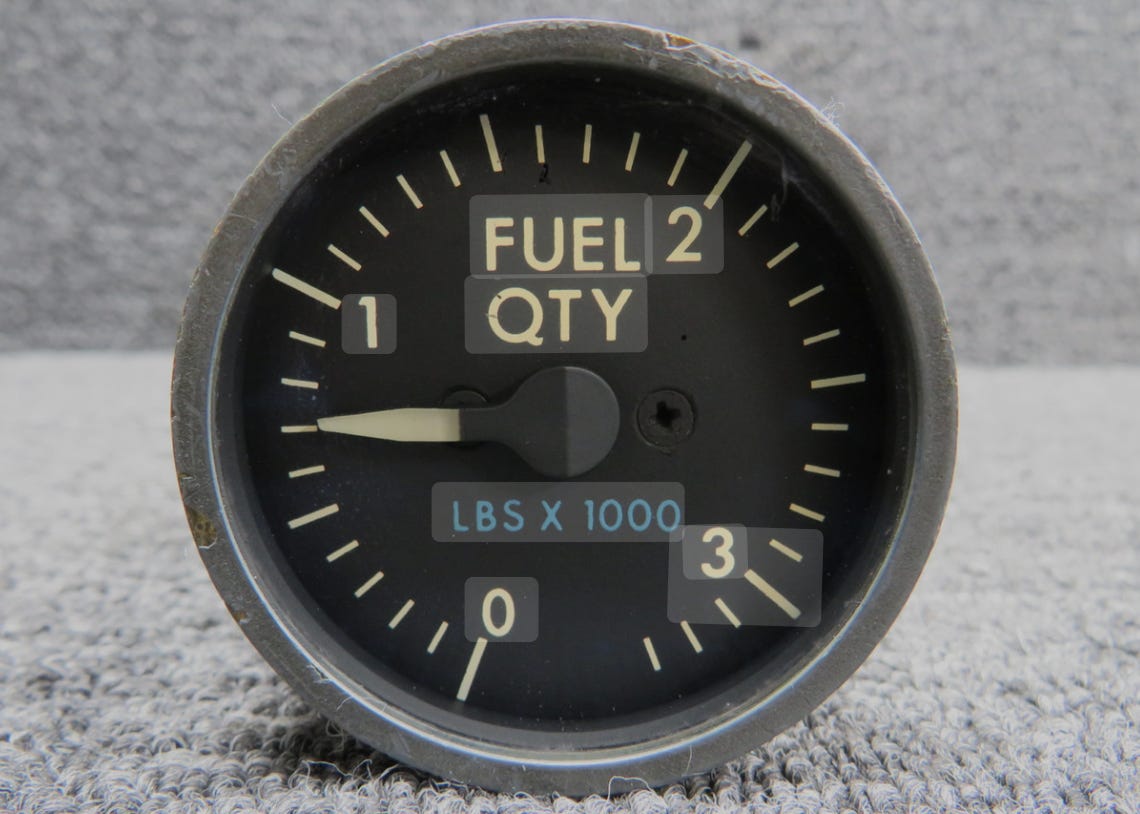Historic Vermont Aerospace Firm Simmonds Precision Acquired by TransDigm, Sparking Hope and Concern for 700-Strong Workforce
For the hundreds of employees in Vergennes, a period of profound uncertainty has just begun.
VERGENNES, VT – A foundational piece of Vermont's industrial landscape is changing hands. TransDigm Group Inc. finalized its acquisition of Simmonds Precision Products from RTX Corporation on Monday for approximately $765 million. The deal marks a new chapter for the Vergennes-based aerospace manufacturer, a company that has been a vital economic engine and a source of steady employment for the region for over eight decades. The acquisition has ignited a mix of optimism and apprehension throughout the community, as the facility's roughly 700 employees now face a future under a new owner known for its radically different and famously aggressive business model.
For generations of Vermonters in the state's smallest city, the sprawling plant on Panton Road has been more than just a workplace; it has been a community bedrock. The acquisition by TransDigm, a publicly traded company that operates with the ruthless efficiency of a private equity firm, raises critical questions about the future of this storied Vermont institution.
A Century-Old Anchor in the Green Mountains
The roots of Simmonds Precision run deep in Vergennes, tracing back to 1907 when the L.F. Benton Company began manufacturing spark plugs on the falls of Otter Creek. This small, family-owned machine shop quickly gained an international reputation for its high-quality "Benton" spark plugs, which became standard equipment for the iconic Indian Motorcycles and were even used by the U.S. Navy during World War I.
The company's modern identity was forged in the crucible of World War II. Acquired in 1941 by British aircraft designer Sir Oliver Simmonds, the firm pivoted entirely to aviation. As Simmonds Precision Products, it rapidly expanded to meet the insatiable demands of the war effort. In the decades that followed, it became an indispensable innovator in the global aerospace and defense industry.
From developing the propellant gauging system for the Apollo moon missions to creating critical fuel systems for workhorse military aircraft like the F-16 fighter jet and the UH-60 Black Hawk helicopter, the Vergennes facility cemented its role as a sole-source provider of highly specialized, proprietary technology. This status as the only qualified manufacturer for many of its components made it a stable and foundational employer, providing generations of Vermonters with high-skilled, reliable jobs and pumping billions of dollars in federal contracts into the local economy.
A Journey Through Corporate Giants
For the past several decades, Simmonds has navigated the world of massive corporate consolidation. It was a key division within aerospace supplier Goodrich Corporation before being absorbed by the industrial behemoth United Technologies (UTC) in 2012. More recently, it became part of Collins Aerospace after UTC's merger with Rockwell Collins, and ultimately fell under the umbrella of the newly formed defense titan, RTX, following the 2020 merger with Raytheon.
Throughout these changes, the Vergennes facility remained a profitable and technologically advanced unit. However, within the sprawling portfolios of these corporate giants, it was often considered a "non-core" asset. For a company like RTX, focused on massive systems like jet engines and missiles, a $350 million-a-year fuel-sensing division, however successful, was a prime candidate for divestiture as the parent company sought to streamline its operations.
Enter TransDigm: A New Owner, A New Philosophy
The acquisition by Ohio-based TransDigm Group represents a seismic shift in ownership philosophy. TransDigm is not a traditional manufacturer; it is a "serial acquirer" that buys niche aerospace companies with three specific traits: proprietary products, significant aftermarket revenue, and a sole-source market position. Simmonds Precision fits this description perfectly.
TransDigm’s playbook is legendary on Wall Street and controversial in the defense industry. The company grants its acquired businesses autonomy but holds them to ruthlessly strict financial metrics. Value is created through three primary levers: developing profitable new products, implementing aggressive cost controls, and, most notably, "value-based pricing." This practice involves systematically raising prices on sole-source parts, leveraging the fact that customers, including the U.S. military, have no alternative supplier.
This model has delivered extraordinary returns for shareholders but has also drawn intense scrutiny. TransDigm has been the subject of multiple Department of Defense investigations and congressional hearings for earning "excess profits" on government contracts, with one audit revealing a markup of 9,400% on a single part.
What's Next for the Vergennes Workforce?
The central question looming over Vergennes is what this new, intensely metrics-driven culture will mean for the approximately 700 employees. The transition from the traditional corporate environment of RTX to TransDigm’s high-pressure playbook is likely to be jarring.
The primary concern is the high probability of workforce restructuring. TransDigm's relentless focus on improving profit margins often involves immediate and significant cost-cutting. The company is known for using key performance indicators like "sales per head," a metric that directly links revenue targets to the size of the workforce and creates a powerful incentive for layoffs. Former executives at other companies acquired by TransDigm have described a culture where immense pressure to cut costs is the norm if aggressive price increase targets are not met.
While the new ownership could bring focused investment into Simmonds' core technologies, freeing it from the bureaucracy of a massive conglomerate, the risks to the current workforce and the company's long-standing culture are substantial. The future of this vital Vermont employer now hinges on whether TransDigm’s leadership views the Vergennes operation as a high-performing asset to be nurtured for long-term growth or as an underperforming one to be aggressively restructured for maximum short-term financial extraction. For the hundreds of employees in Vergennes, a period of profound uncertainty has just begun.


